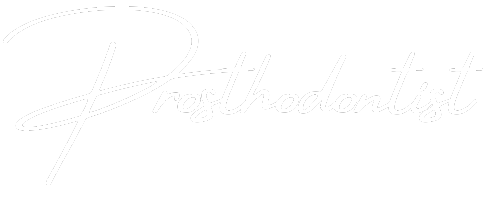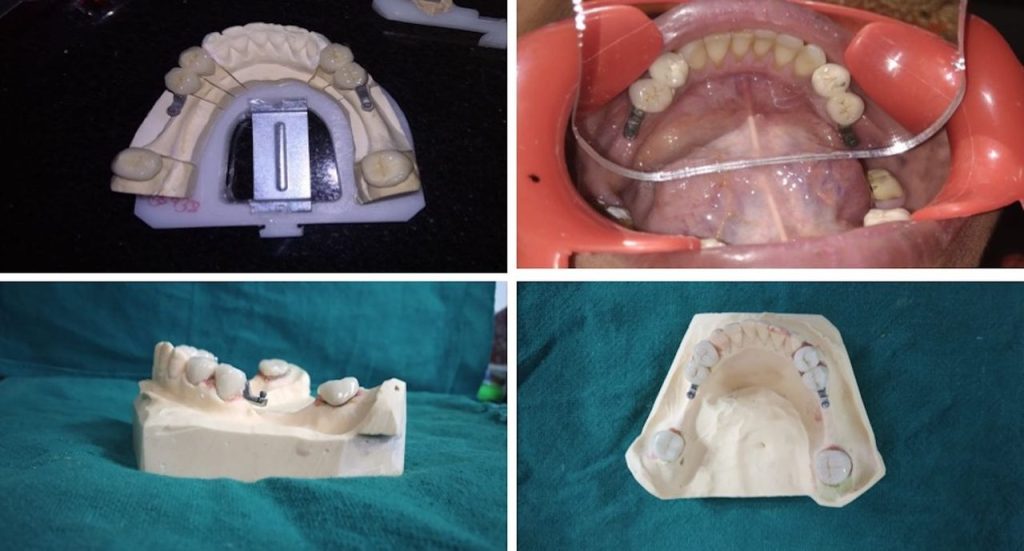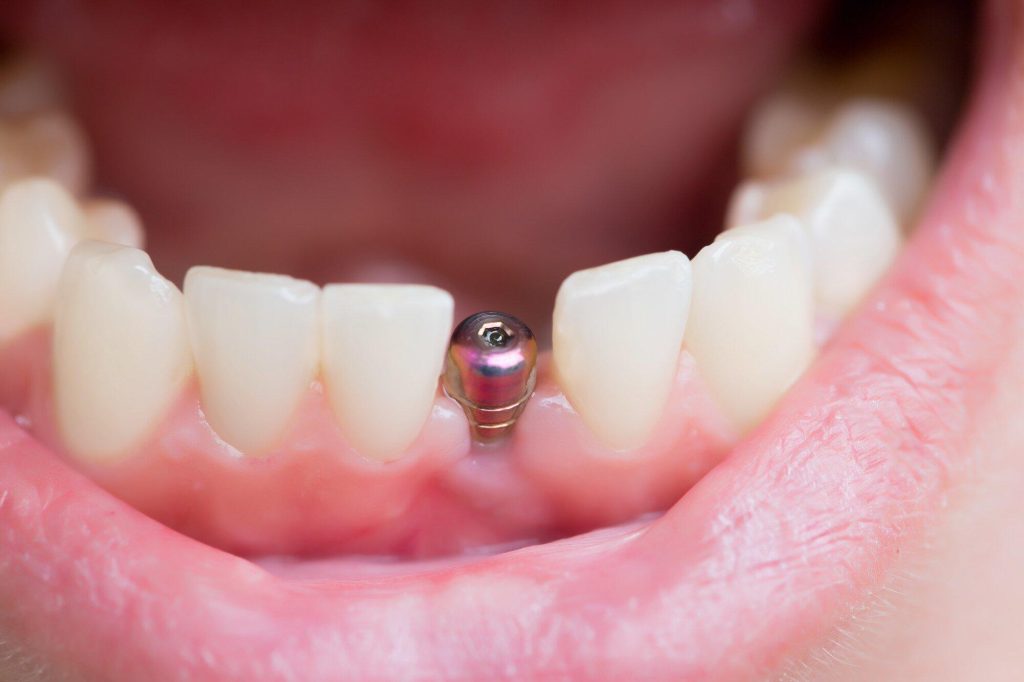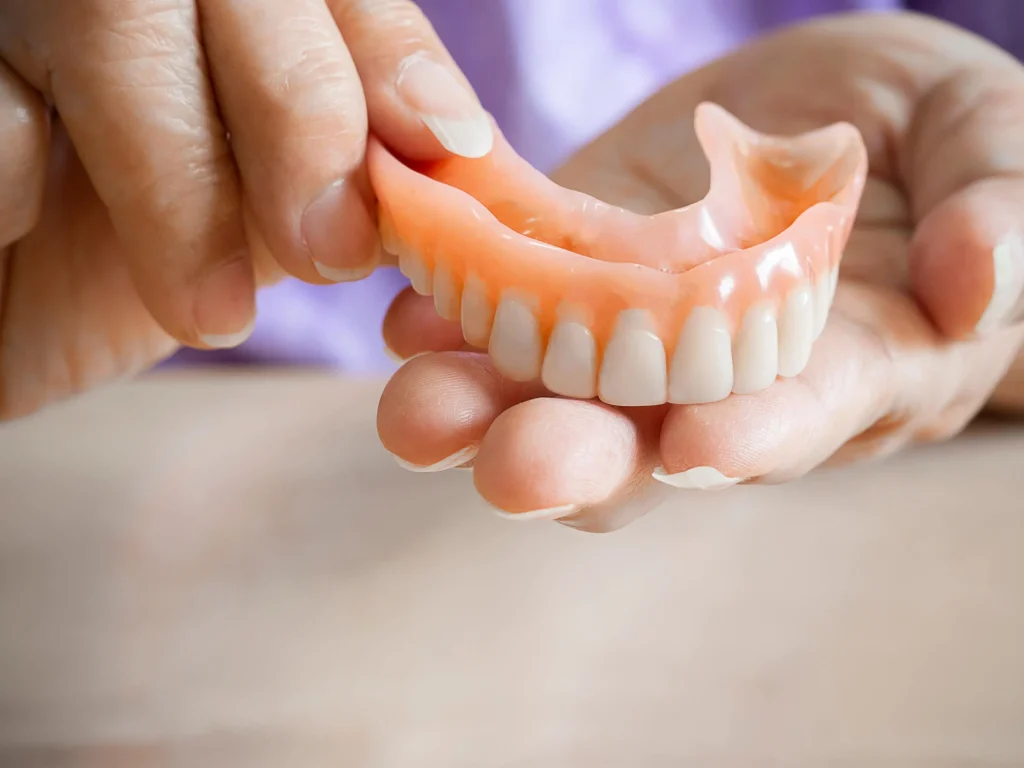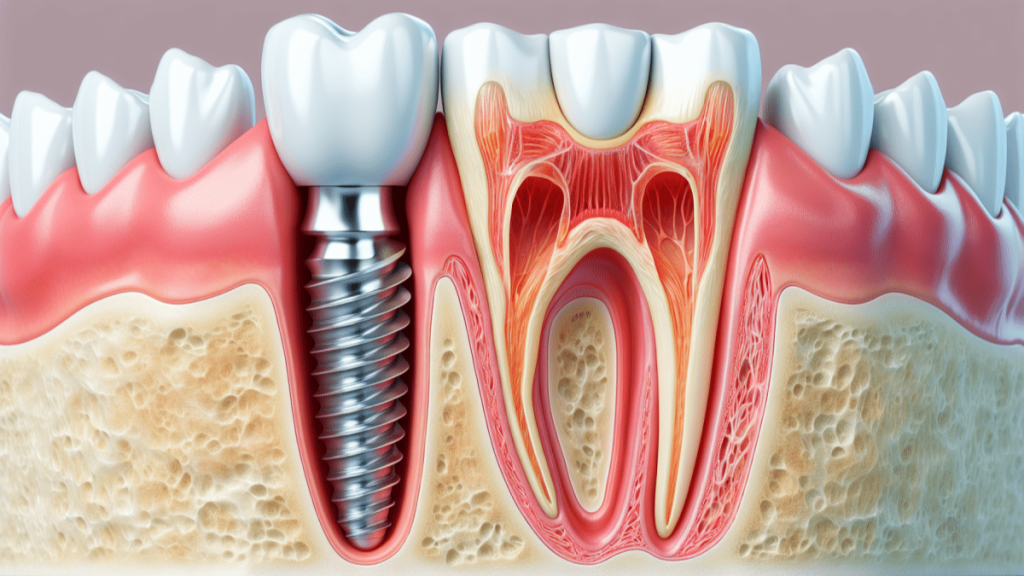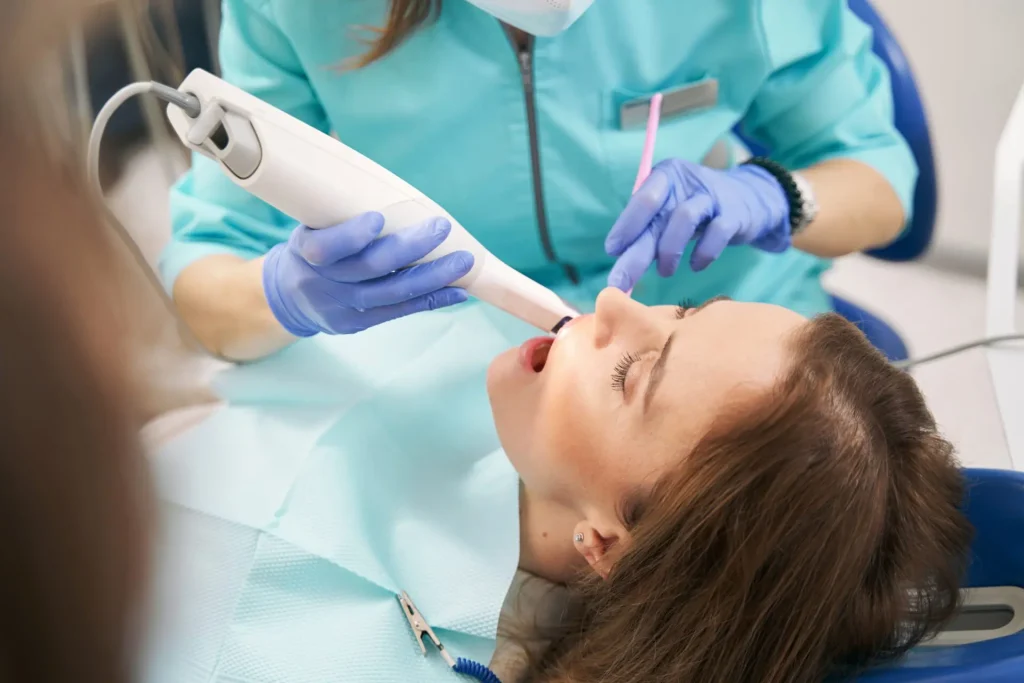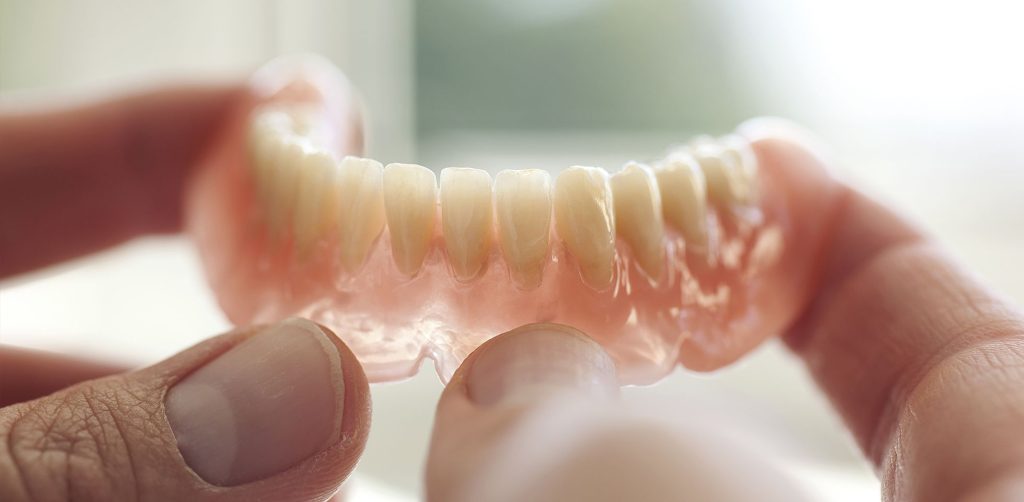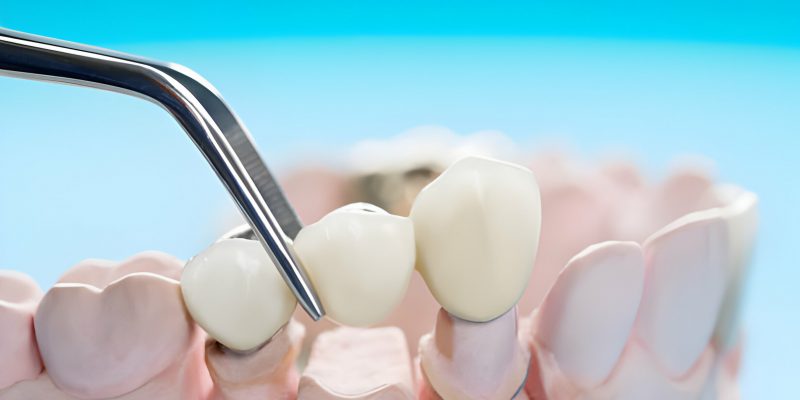What does an Prosthodontist do?
A prosthodontist is a dentist who deals with the restoration and aesthetic adjustments of teeth and oral structures. These specialists improve patients’ oral health and aesthetics by replacing missing or damaged teeth with dentures, bridges, crowns and implants.
What is Prosthodontics?
Prosthodontics is a specialty of dentistry that focuses on restoring and replacing teeth. This includes procedures such as dental implants, dentures, bridges and crowns. We also deal with oral rehabilitation after trauma or surgery. The aim is to restore function and appearance and thus improve the patient’s overall quality of life.
The Training of a Prosthodontist
To become a prosthodontist, it is first necessary to complete dental school, followed by additional specialized training. This usually involves a three-year residency program where we learn advanced techniques in restoring and replacing teeth. This comprehensive training prepares us to tackle complex dental problems.
Creating Treatment Plans
Once we have a clear diagnosis, we create a detailed treatment plan. This plan outlines the steps needed to restore the patient’s teeth and includes timelines and costs. The treatment plan is tailored to meet the specific needs of each patient. This individualized approach ensures that the results are both functional and satisfying.
The prosthodontist
treats patients in 3 stages
Comprehensive Dental Assessment
As a prosthodontist, I first review the patient’s dental history and perform a thorough oral examination. This process is important to gather information about the patient’s dental health and specific problems with missing or damaged teeth. If necessary, diagnostic tests and imaging studies such as X-rays or CT scans may also be performed for a comprehensive diagnosis.
Personalized Treatment Planning
In the second step, I develop a treatment plan tailored to the patient’s dental condition, which may include options such as dental implants, dentures, bridges or crowns, along with any necessary preparatory treatments. The treatment plan is customized to the patient’s needs and aesthetic goals, ensuring both functional and visual restoration.
Ongoing Care and Adjustments
Finally, I monitor the patient’s response to the treatment and make any necessary adjustments. Through regular follow-up visits, the fit and function of the prosthetic appliances are evaluated and necessary modifications are made. This process is critical to ensure the long-term success of the dental restoration and to maintain the patient’s overall oral health.

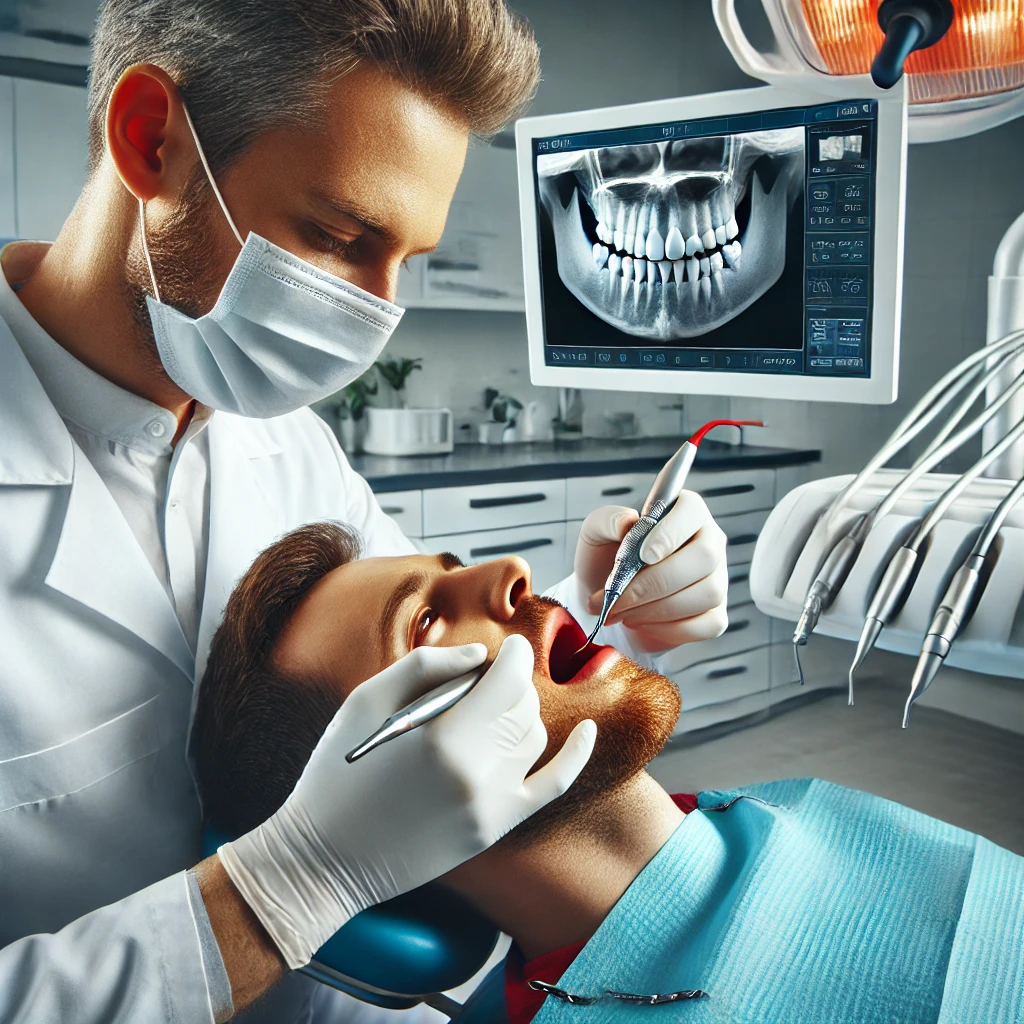
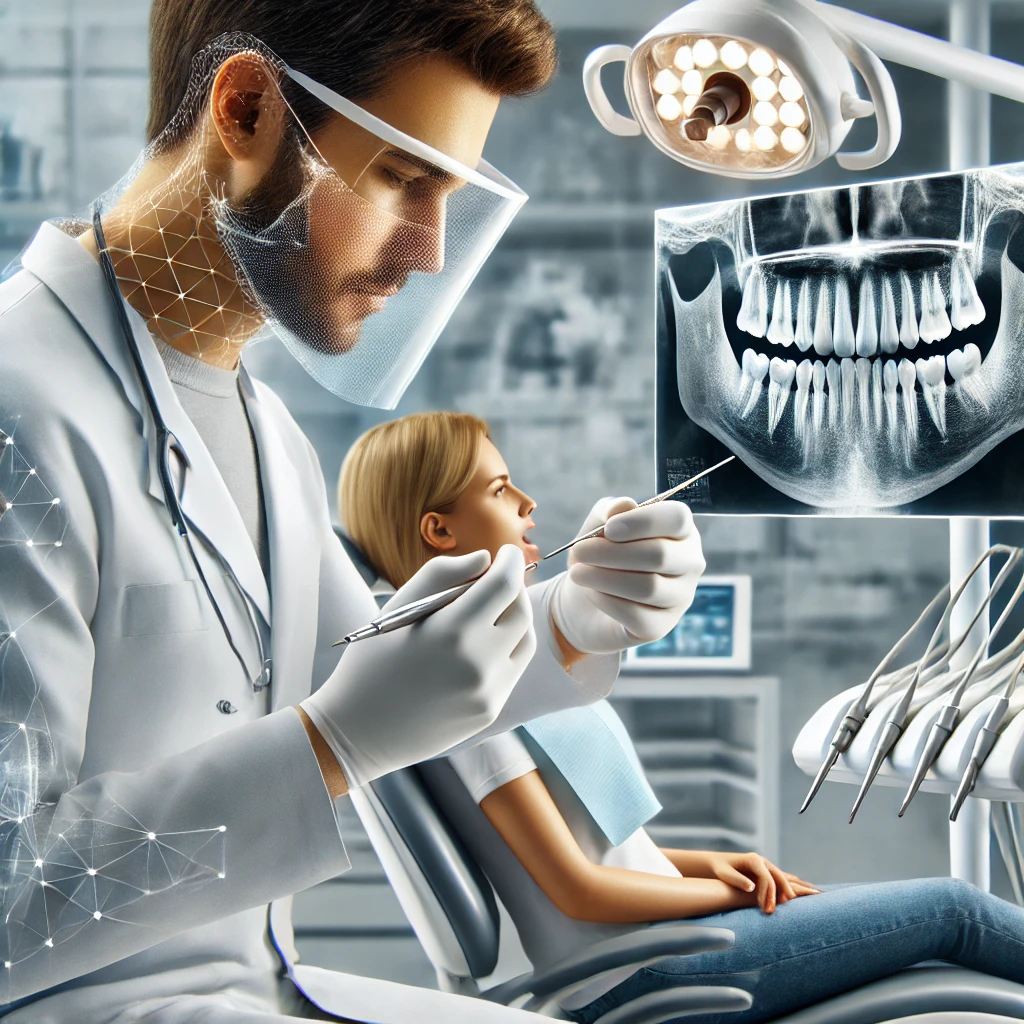
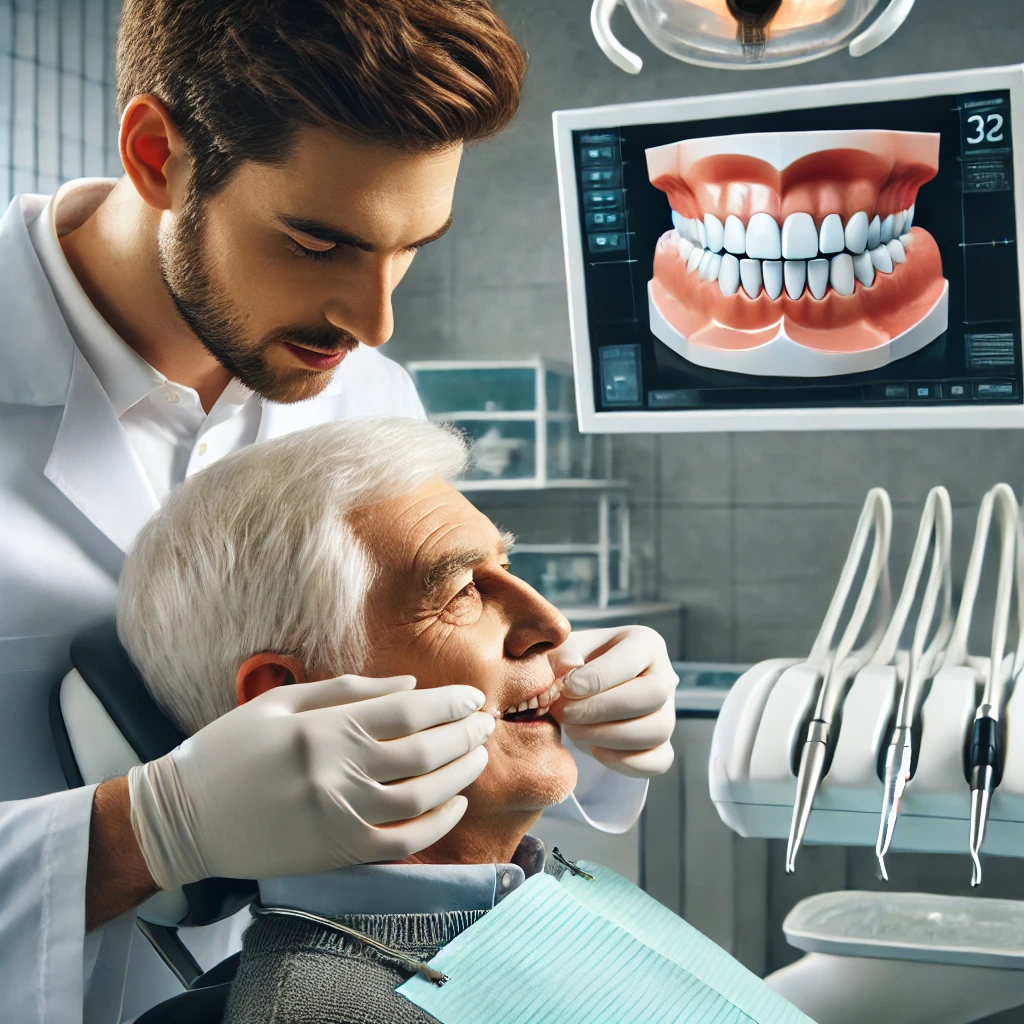
Coordinated care
with Prosthodontists
Dental implants are one of the most popular solutions for missing teeth. These are artificial tooth roots placed into the jawbone, onto which replacement teeth are mounted. Implants provide a strong foundation for fixed or removable replacement teeth that are made to match your natural teeth. According to the American College of Prosthodontists, dental implants are a reliable and durable solution for tooth loss.
Dentures
and bridges
Dentures and bridges are common alternatives for patients who are not implant candidates. Dentures are removable replacements for missing teeth and surrounding tissues, while bridges are fixed prosthetic devices that are bonded to existing teeth or implants. Both options help restore the ability to eat and speak properly, which is essential for overall health.
Blog
Metal-Free Crowns: Aesthetic and Functional Benefits
Damaged teeth can impact smiles. They affect chewing function. Dental crowns restore teeth. Traditionally, metal was used. These crowns had drawbacks. Now, metal-free options exist. They offer superior esthetics. They[…]
Read moreUnderstanding Precision Attachments in Prosthodontics
Losing teeth affects many. It impacts chewing and speaking. Traditional dentures have limits. They can feel loose or shift. This causes discomfort and worry. Precision attachments offer solutions. These are[…]
Read moreHow Long Can You Expect Dental Prosthetics to Last?
Dental prosthetics are common Losing teeth can be challenging. Dental prosthetics offer solutions. They replace missing teeth effectively. This restores function and aesthetics. Many types of prosthetics exist. Each has[…]
Read moreIs It Normal for Dentures to Feel Uncomfortable at First?
Adjusting to dentures varies from person to person. Many people report a sense of bulkiness after first wearing dentures. This is especially common with full upper plates. The acrylic base[…]
Read moreCommon Materials Used in Dental Prosthetics
Porcelain is still selected frequently in fixed dental restorations. Porcelain remains widely used for its aesthetic resemblance to natural enamel. The translucency mimics natural teeth under light. Patients often prefer[…]
Read moreThe Evolution of Artificial Teeth in Dentistry
Artificial teeth date back thousands of years. Early civilizations crafted replacements using bone, ivory, or seashells. These were often tied to adjacent teeth with thread or metal. Function was limited,[…]
Read moreDigital Impressions in Prosthodontics: A Game-Changer
It started the usual way. The assistant reached for a metal tray and pink putty. I gagged. My eyes watered. I couldn’t breathe through my nose. I held still, counting[…]
Read moreRemovable vs. Fixed Dentures: Pros and Cons
Removable dentures can be taken out by the patient at any time. These dentures rest on the gums and are typically held in place by suction or clasps. They include[…]
Read moreEverything You Need to Know About Crowns
A crown replaces the visible portion of a damaged tooth. It covers and protects what remains. The original root usually stays in place. Crowns don’t extend below the gumline. They[…]
Read more